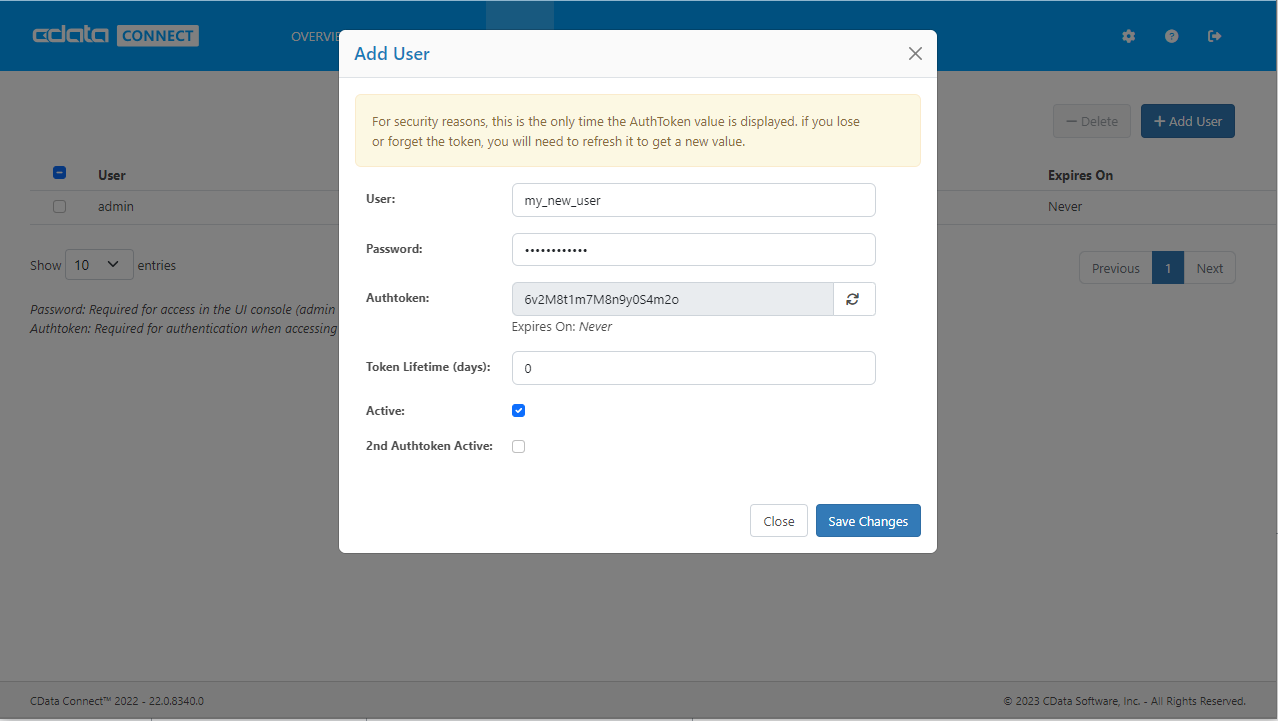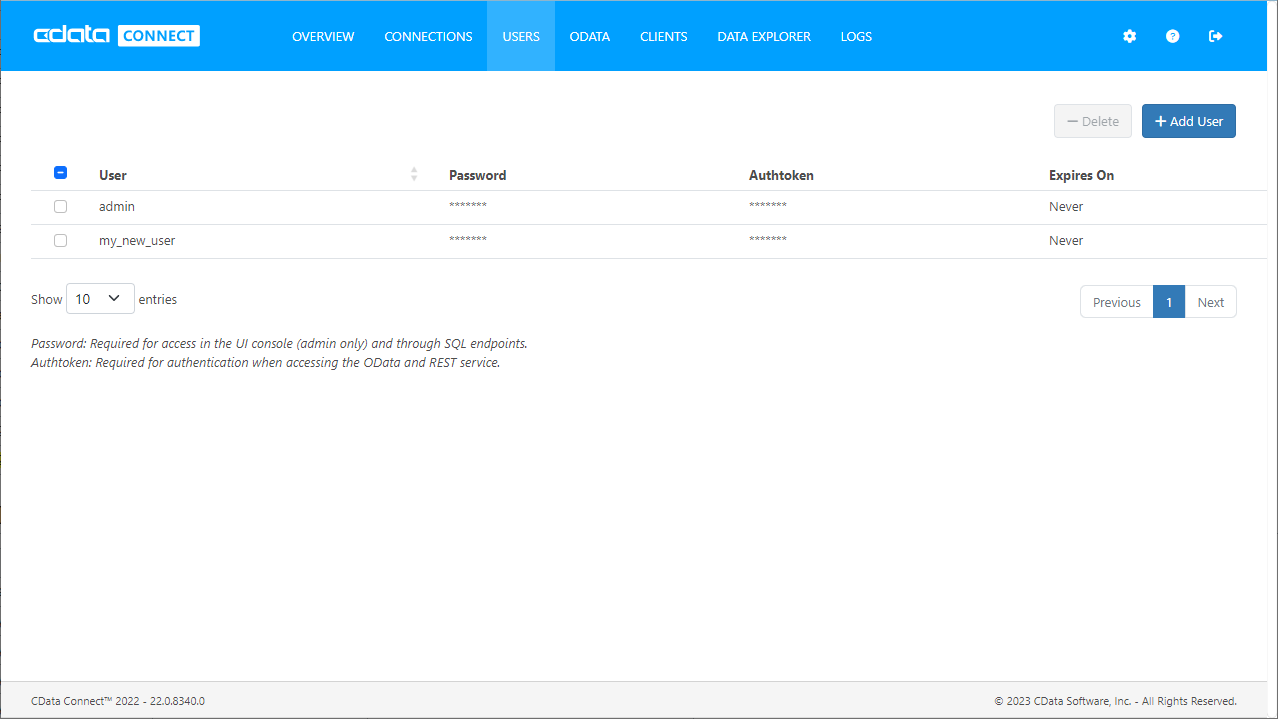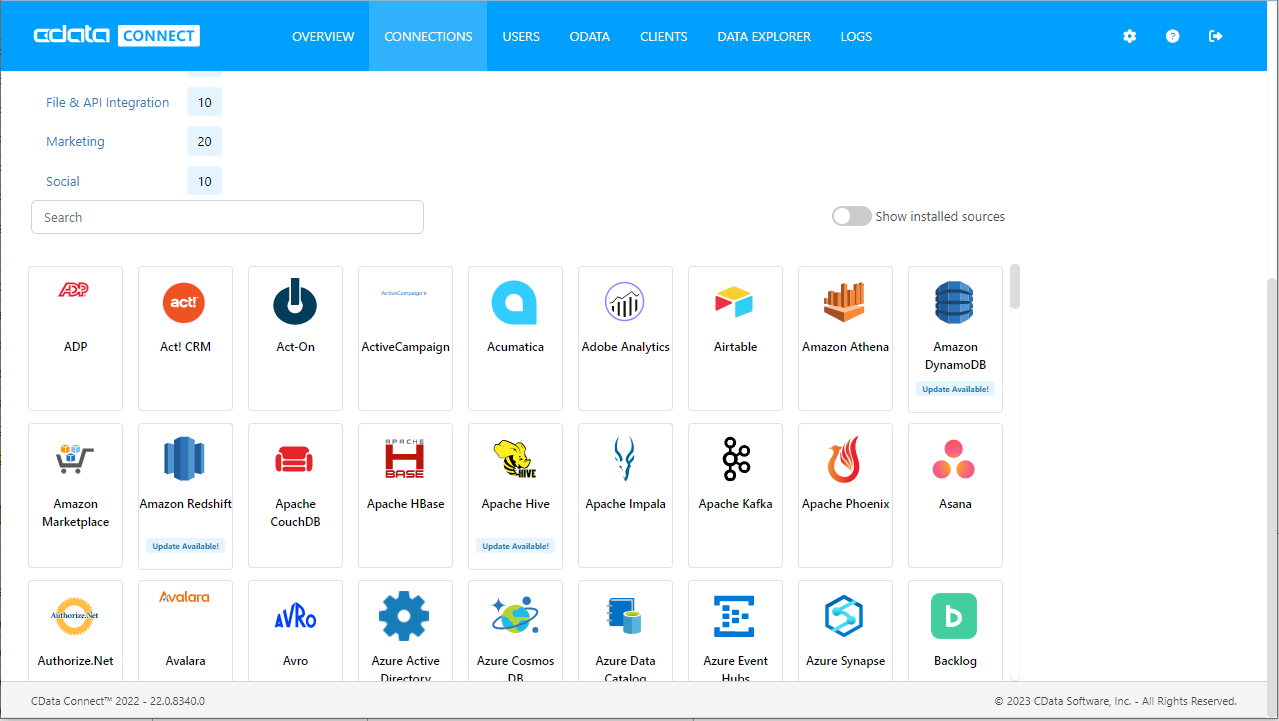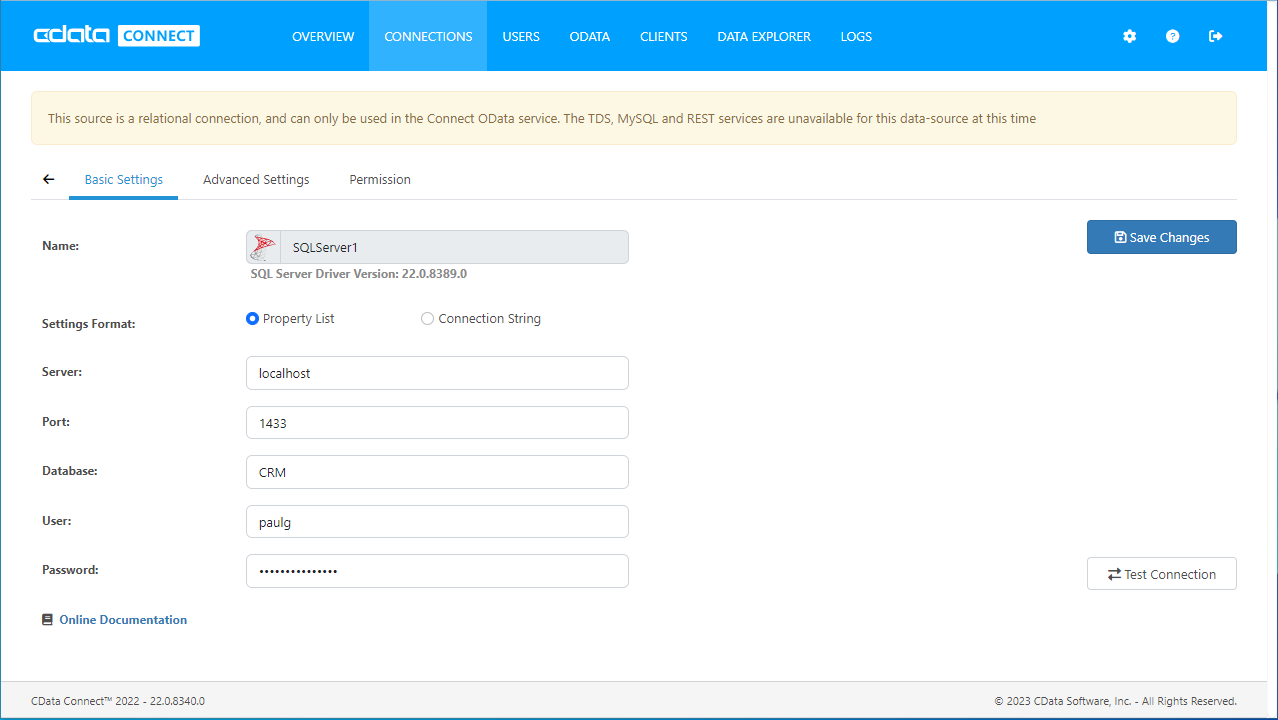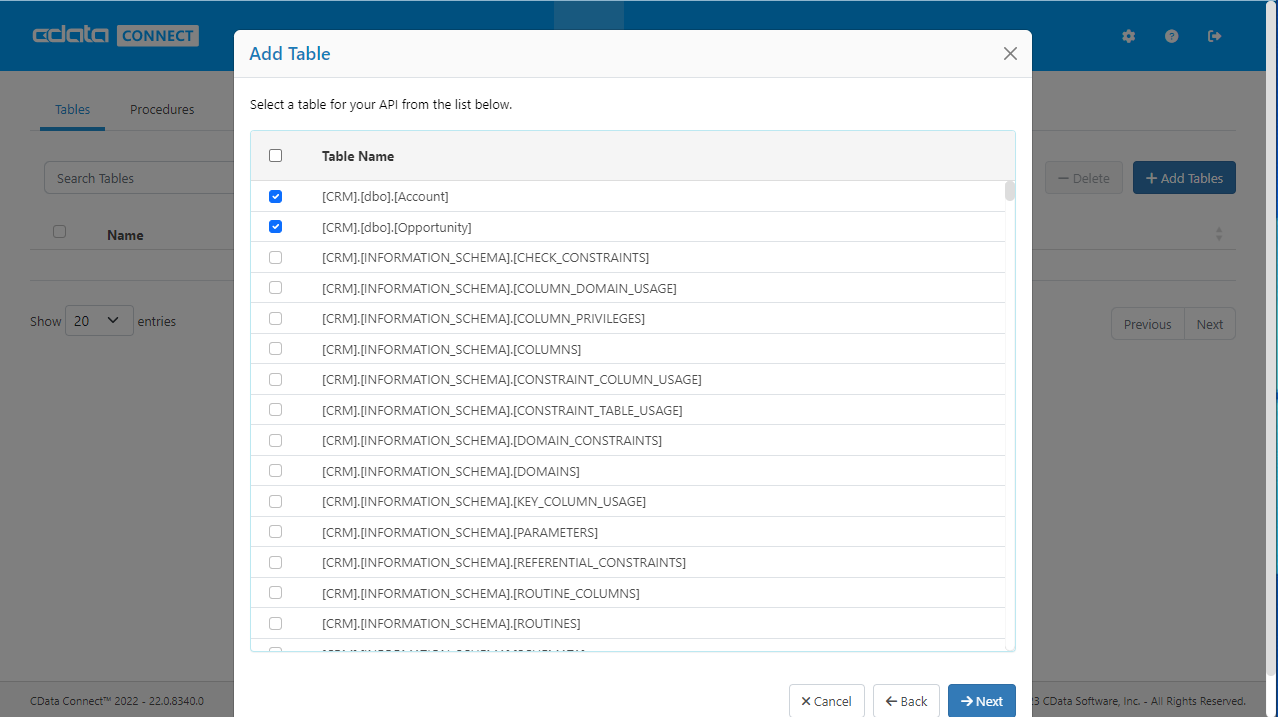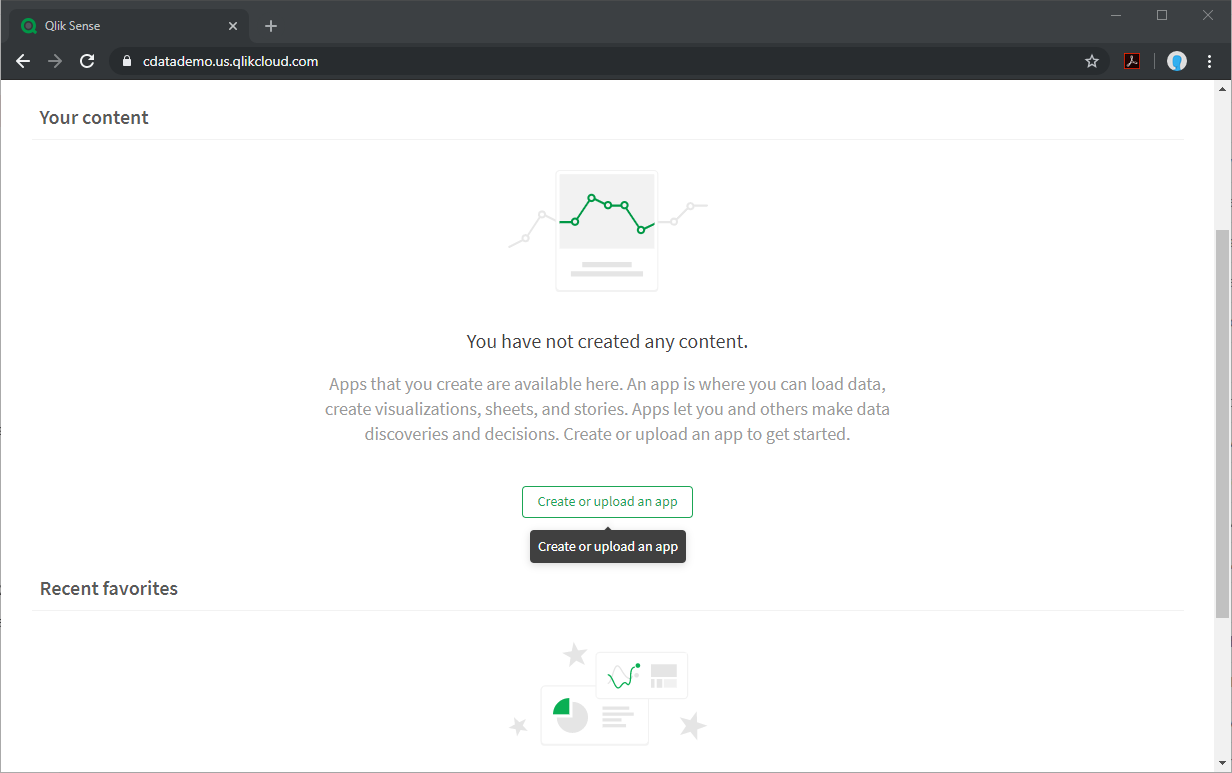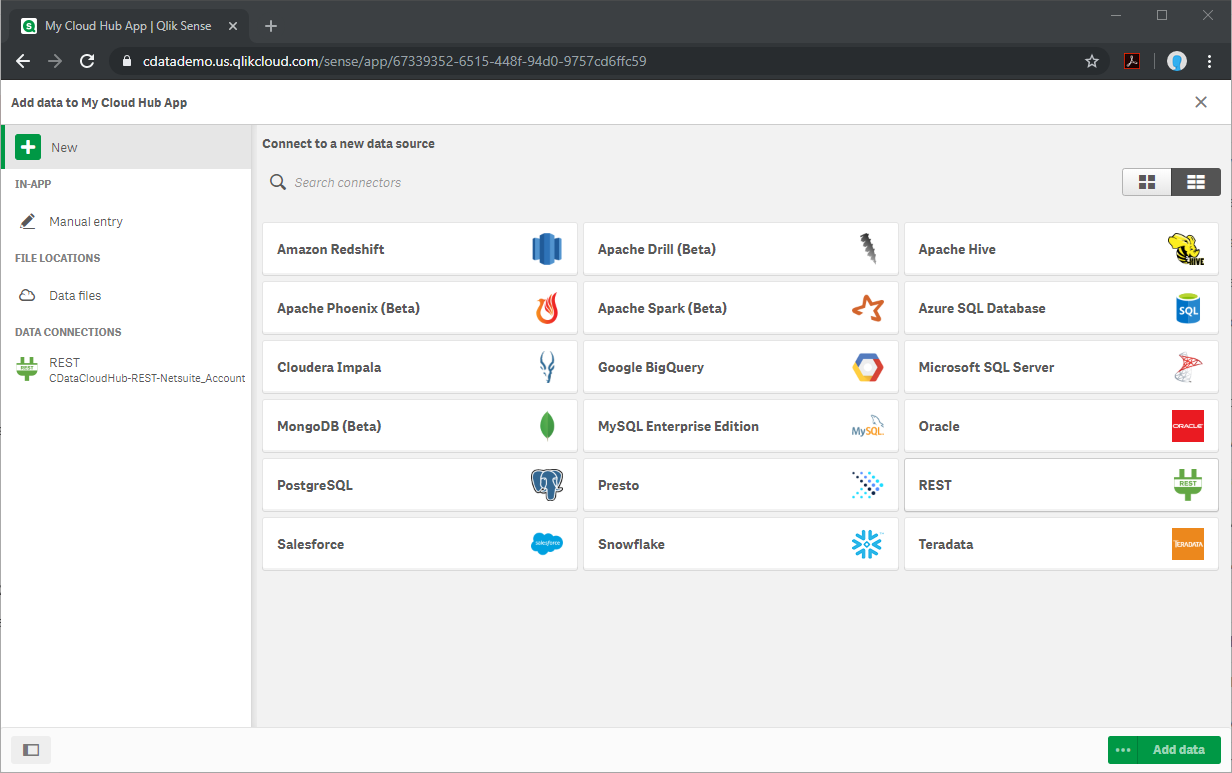Discover how a bimodal integration strategy can address the major data management challenges facing your organization today.
Get the Report →Create Apps from Kafka Data in Qlik Sense Cloud
Use the CData Connect Server to create an OData API for Kafka data and build apps from live Kafka data in Qlik Sense Cloud.
Qlik Sense Cloud allows you to create and share data visualizations and interact with information in new ways. The CData Connect Server creates a virtual database for Kafka and can be used to generate an OData API (natively consumable in Qlik Sense Cloud) for Kafka. By pairing Qlik Sense Cloud with the CData Connect Server, you get live connectivity to all of your SaaS and cloud-based Big Data and NoSQL sources — no need to migrate your data or write your integrations. Simply connect to Connect Server from Qlik Sense Cloud as you would any other REST service and get instant, live access to your Kafka data.
In this article, we walk through two connections:
- Connecting to Kafka in Connect Server
- Connecting to Connect Server from Qlik Sense Cloud to create a model and build a simple dashboard
Configure Connect Server to Connect to Kafka
To connect to Kafka data from Qlik Sense Cloud, you need to configure Kafka access from your Connect Server instance. This means creating a user, connecting to Kafka, adding OData endpoints, and (optionally) configuring CORS.
Add a Connect Server User
Create a Connect Server User to connect to Kafka from Qlik Sense Cloud.
- Click Users -> Add
- Configure a User
![Creating a new user]()
- Click Save Changes and make note of the Authtoken for the new user
![Connect Server users]()
Connect to Kafka from Connect Server
CData Connect Server uses a straightforward, point-and-click interface to connect to data sources and generate APIs.
- Open Connect Server and click Connections
![Adding a connection]()
- Select "Kafka" from Available Data Sources
- Enter the necessary authentication properties to connect to Kafka.
Set BootstrapServers and the Topic properties to specify the address of your Apache Kafka server, as well as the topic you would like to interact with.
Authorization Mechanisms
- SASL Plain: The User and Password properties should be specified. AuthScheme should be set to 'Plain'.
- SASL SSL: The User and Password properties should be specified. AuthScheme should be set to 'Scram'. UseSSL should be set to true.
- SSL: The SSLCert and SSLCertPassword properties should be specified. UseSSL should be set to true.
- Kerberos: The User and Password properties should be specified. AuthScheme should be set to 'Kerberos'.
You may be required to trust the server certificate. In such cases, specify the TrustStorePath and the TrustStorePassword if necessary.
![Configuring a connection (SQL Server is shown).]()
- Click Save Changes
- Click Privileges -> Add, and add the new user (or an existing user) with the appropriate permissions (SELECT is all that is required for Reveal)
Add Kafka OData Endpoints in Connect Server
After connecting to Kafka, create OData Endpoint for the desired table(s).
- Click OData -> Tables -> Add Tables
- Select the Kafka database
- Select the table(s) you wish to work with and click Next
![Selecting a Table (SQL Server is shown)]()
- (Optional) Edit the resource to select specific fields and more
- Save the settings
(Optional) Configure Cross-Origin Resource Sharing (CORS)
When accessing and connecting to multiple domains from an application such as Ajax, there is a possibility of violating the limitations of cross-site scripting. In that case, configure the CORS settings in OData -> Settings.
- Enable cross-origin resource sharing (CORS): ON
- Allow all domains without '*': ON
- Access-Control-Allow-Methods: GET, PUT, POST, OPTIONS
- Access-Control-Allow-Headers: Authorization
Save the changes to the settings.
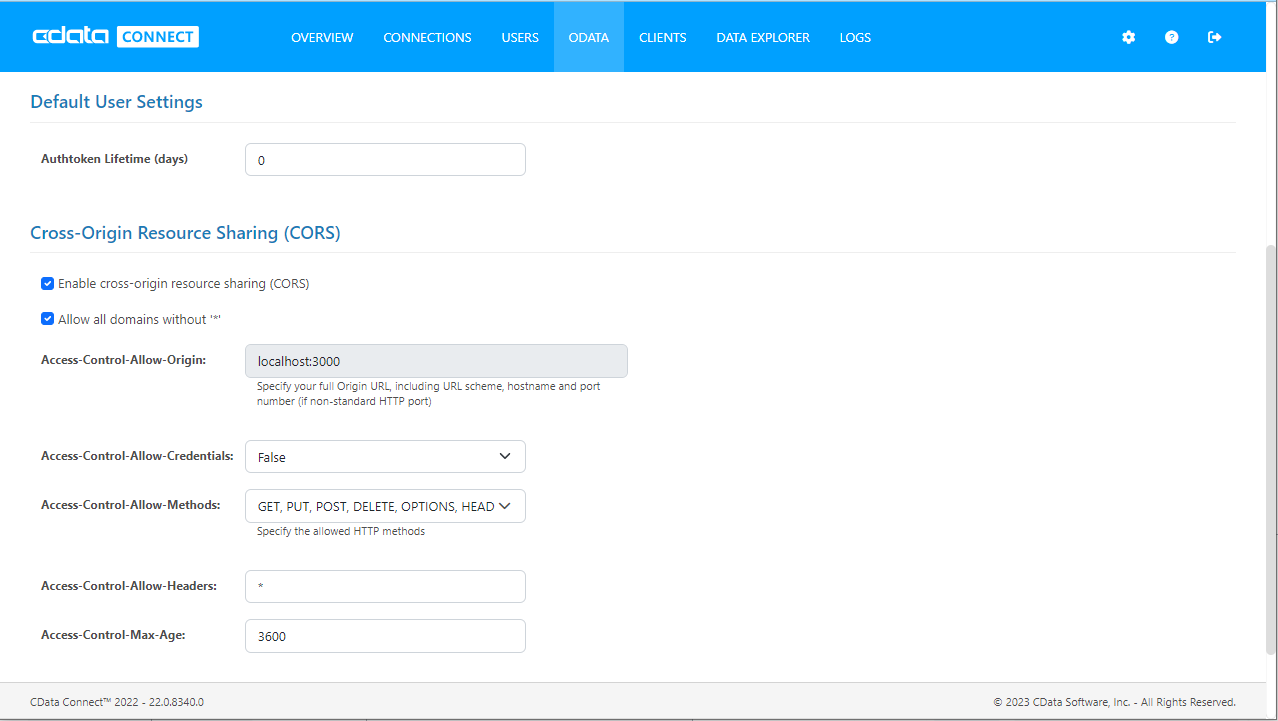
Create a Qlik Sense App from Kafka Data
With the connection to Kafka and OData endpoints created, we are ready to add Kafka data to a Qlik Sense app for visualizations, analytics, reporting, and more.
Create a New App and Upload Data
- Log into your Qlik Sense instance and click the button to create a new app
![Creating a new app]()
- Name and configure the new app and click "Create"
- In the workspace, click to open the new app
- Click to add data from files and other sources
![Selecting a connector]()
- Select the REST connector and set the configuration properties. For the most part, you will use the default values, with the following exceptions:
- URL: Set this to the API endpoint for your Kafka table, using the @CSV URL parameter to ensure a CSV response (i.e. CONNECT_SERVER_URL/api.rsc/ApacheKafka_SampleTable_1?@CSV)
- Authentication Schema: Set this to "Basic"
- User Name: Set this to the user name you configured above
- Password: Set this to the Authtoken for the above user
- Click "Create" to query Connect Server for the Kafka data
- Check "CSV has header" and under "Tables," select "CSV_source"
- Select columns and click "Add data"
![Adding data to the app (NetSuite is shown.)]()
Generate Insights or Customize Your App
With the data loaded into Qlik Sense, you are ready to begin discovering insights. Click "Generate insights" to let Qlik analyze your data. Otherwise, you can build custom visualizations, reports, and dashboards based on your Kafka data.
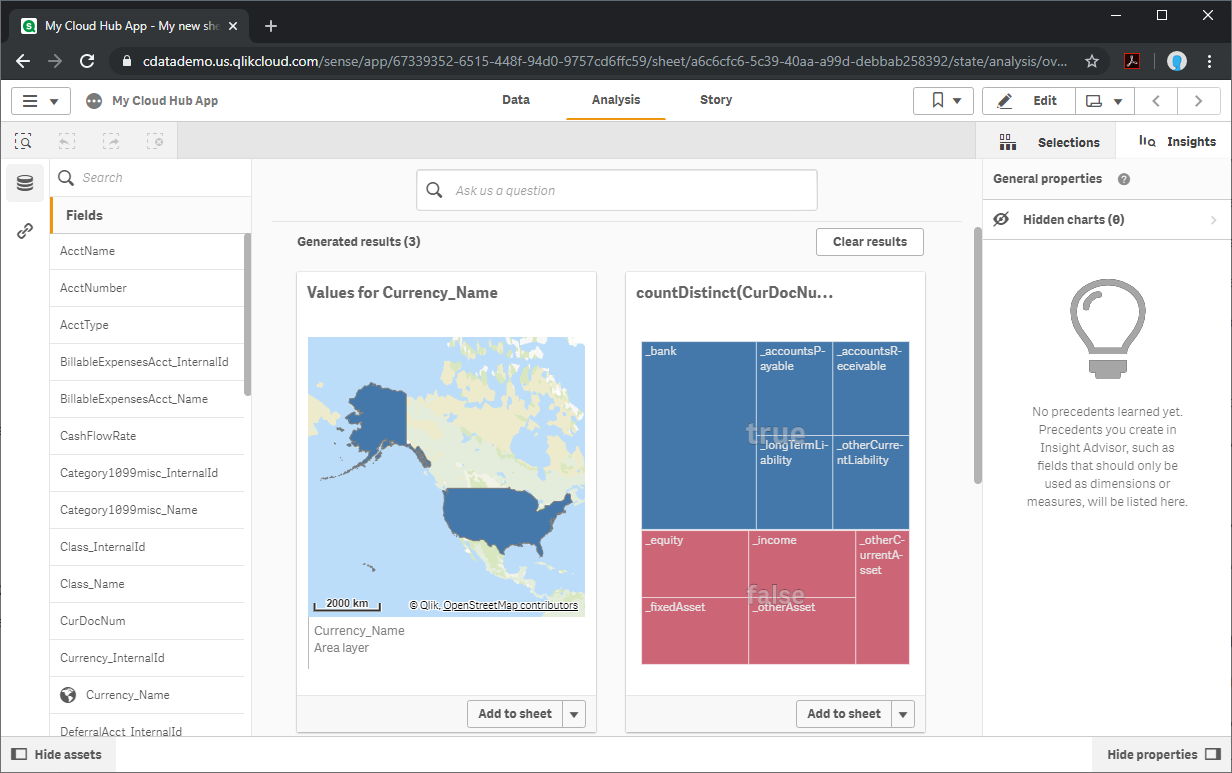
More Information & Free Trial
Now, you have created a simple but powerful dashboard from live Kafka data. For more information on creating OData feeds from Kafka (and more than 200 other data sources), visit the Connect Server page. Sign up for a free trial and start working with live Kafka data in Qlik Sense Cloud.






